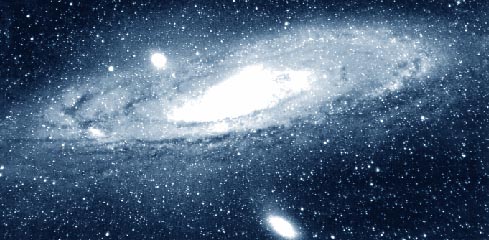Still elusive
 ever since Edwin Hubble discovered in 1929 that the universe is expanding, scientists have been incessantly trying to establish its rate of expansion, known as the Hubble constant. This is crucial to our understanding of the past, present and future of the universe. Recently, two groups of astronomers have reported values of the Hubble constant that are very different from each other. If one group's observations are to be believed, then we live in a universe that is only 12 billion years old, while the other group claims that the universe is around 13-16 billion years old.
ever since Edwin Hubble discovered in 1929 that the universe is expanding, scientists have been incessantly trying to establish its rate of expansion, known as the Hubble constant. This is crucial to our understanding of the past, present and future of the universe. Recently, two groups of astronomers have reported values of the Hubble constant that are very different from each other. If one group's observations are to be believed, then we live in a universe that is only 12 billion years old, while the other group claims that the universe is around 13-16 billion years old.
The Hubble constant is notoriously difficult to measure. We need to know the distance to a far-away galaxy and the speed at which it is moving away from us. Measuring the speed of recession of the galaxy is not very difficult. It is usually done with the help of measuring the redshift, the stretching of its light towards longer wavelengths. This is known as the Doppler Effect, and it causes the pitch of an approaching or receding ambulance siren to change. Astronomers can now measure the redshift to a fair amount of accuracy.
The difficulty is in reliably measuring the distance to the galaxy. What is needed is a standard ruler that allows one to fix the distance scale in the universe. The
